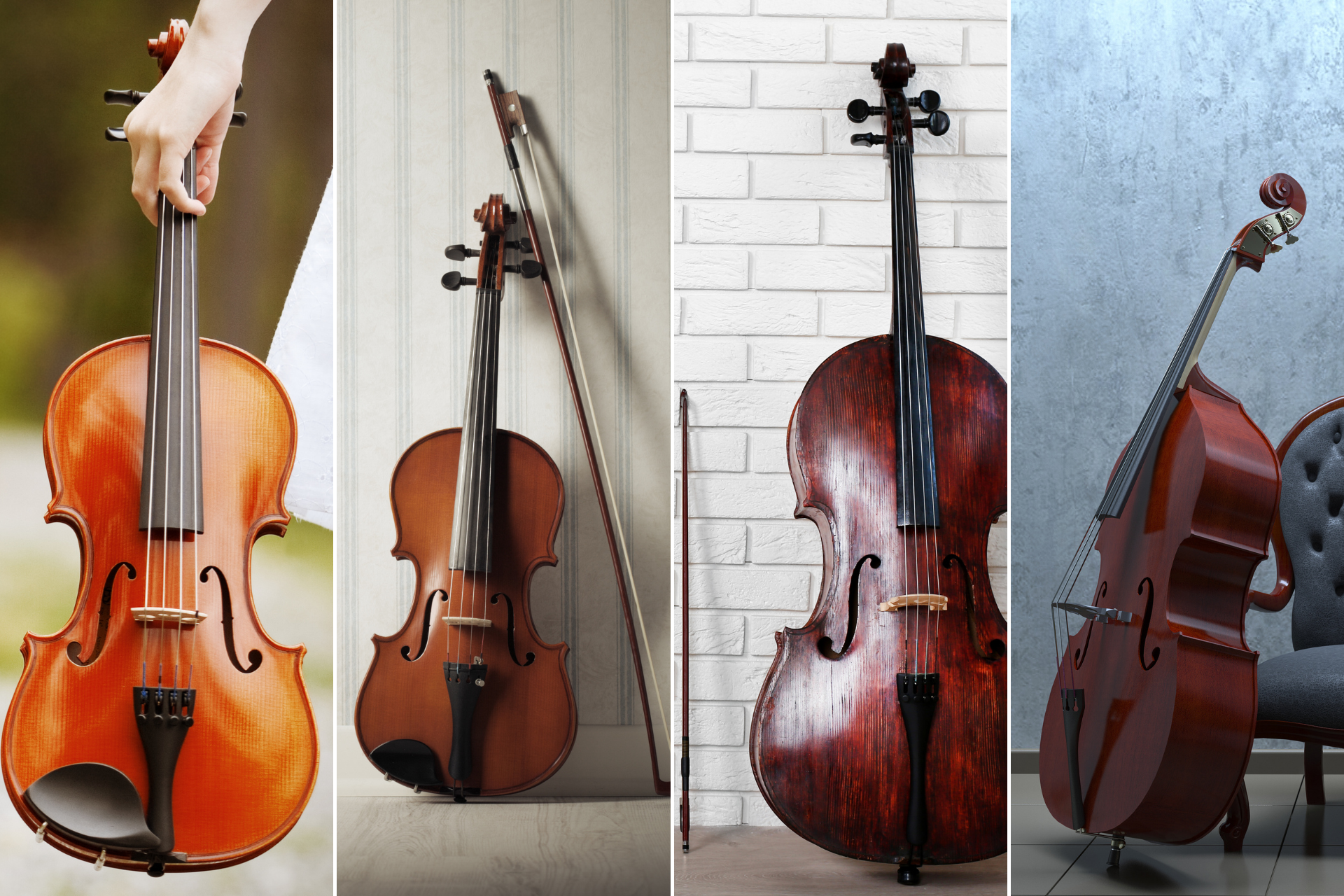General Articles
Exploring the Unique Features of Viola, Violin, Cello, and Bass
Music, a universal language that transcends boundaries, finds its soul in the enchanting strings of various instruments. Among these, the viola, violin, cello, and bass stand as pillars, each with its distinct characteristics contributing to the rich tapestry of classical and contemporary compositions.
1. Viola: The Mellow Middle Ground
The viola, often considered the middle child of the string family, possesses a warm, mellow tone that bridges the gap between the brighter violin and the deeper cello. With a slightly larger body than the violin, the viola offers a unique sound that is both expressive and soulful.
Features:
- Size: Larger than the violin, smaller than the cello.
- Range: Alto range, filling the sonic space between the violin and cello.
- Tone: Rich and warm, often described as "dark chocolate" in comparison to the violin's "brighter" sound.
- Use: Primarily plays harmony, providing a crucial role in orchestral and chamber music settings.
2. Violin: The Stradivarius Elegance
The violin, a virtuoso's delight, is arguably the most recognized and versatile instrument in the string family. Its brilliant and expressive sound has made it the centerpiece of classical orchestras, solo performances, and various genres.
Features:
- Size: Smallest among the four, held under the chin and played with a bow.
- Range: Highest pitch in the string family, covering soprano and mezzo-soprano ranges.
- Tone: Bright and piercing, with the potential for sweet and melancholic nuances.
- Use: Solo performances, leading orchestras, chamber music, and various genres from classical to jazz.
3. Cello: The Majestic Midrange
The cello, with its deep and resonant tones, is often hailed as the instrument closest to the human voice. Its expressive capabilities make it a favorite for emotive solos and foundational harmony in orchestras.
Features:
- Size: Larger than the viola, held between the knees and played with a bow.
- Range: Tenor and baritone range, producing a rich and sonorous sound.
- Tone: Deep and resonant, with a wide dynamic range capable of dramatic expression.
- Use: Solo performances, orchestral and chamber music, and as a versatile accompaniment in various genres.
4. Bass: The Foundation of Sound
The double bass, or simply bass, is the largest and lowest-pitched instrument in the string family. It serves as the bedrock of the orchestra, providing a solid foundation for the harmonic structure.
Features:
- Size: Largest among the four, played standing up or sitting on a tall stool.
- Range: Deepest pitch, covering the bass and contrabass ranges.
- Tone: Resonant and powerful, forming the backbone of the orchestra's rhythm.
- Use: Primarily a supporting role, providing the foundational bassline in orchestras, jazz, and various contemporary genres.
The Harmonic Symphony
In the symphony of sound, the viola, violin, cello, and bass play unique and complementary roles, creating a harmonious blend that captivates audiences worldwide. Each instrument's distinctive features contribute to the rich tapestry of music, whether in classical compositions, contemporary arrangements, or experimental genres.
Explore Your Musical Journey at Rhythm Music Shop
As you embark on your musical journey, Rhythm Music Shop in Markham welcomes you to discover the world of strings. Whether you're a seasoned musician or a budding enthusiast, our shop in Markham, serving Richmond Hill, North York, and the rest of the Greater Toronto Area (GTA), offers a diverse range of string instruments, accessories, and expert guidance to elevate your musical experience.

